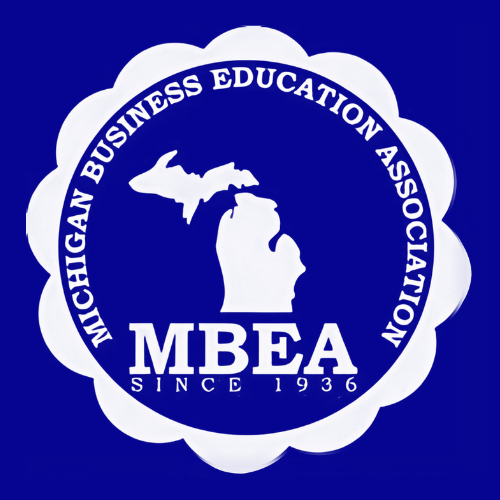Why the future of teaching and learning may already be free.
In a world where educational budgets are tight and technology moves fast, one movement is helping educators stay ahead of the curve—open source.
At its core, open-source software is about sharing, collaboration, and accessibility—which makes it a natural fit for the classroom. From websites to business tools to creative content, open-source platforms give educators and students the power to build, customize, and learn without expensive licenses or limitations.
🛠️ What Is Open Source?
Open-source software is technology whose source code is freely available to anyone. That means educators, developers, or students can see how it works, modify it, and redistribute it—legally and often at no cost.
Some well-known open-source projects include:
- Moodle – an online learning platform used by schools around the world
- LibreOffice – a free alternative to Microsoft Office
- GIMP & Inkscape – powerful tools for graphic design
- Linux – the foundation of many school servers and STEM programs
- Odoo – used for business, CRM, and entrepreneurship simulations
🎓 Why It Matters for Educators
- 💰 Budget-Friendly
Open-source tools are often completely free. That means schools can save thousands on software while still providing high-quality learning experiences. - 🔧 Customization
Teachers and tech-savvy students can tailor open-source platforms to their classroom needs—whether it’s building a custom quiz system, modifying a simulation, or localizing content. - 🌐 Real-World Skills
Open-source software is widely used in professional environments. Giving students hands-on experience builds career-ready skills in IT, design, entrepreneurship, and business analytics. - 💡 Encourages Innovation & Problem-Solving
Unlike commercial tools with locked-in features, open-source solutions encourage experimentation. Students can explore how things work and even contribute improvements—just like professionals do in the tech world.
🧑💻 In Business & Tech Education
Business educators can tap into open-source tools for:
- Budgeting & accounting simulations
- Customer relationship management (CRM) tools
- Project management software
- E-commerce mockups
- Entrepreneurship sandbox environments
Tools like ERPNext, Odoo, and Dolibarr let students simulate running a business—complete with inventory, HR, and sales functions.
🧭 Where to Start
Not sure how to bring open source into your classroom? Here are a few starting points:
- Explore Moodle or Canvas (open version) for your LMS
- Introduce LibreOffice or OnlyOffice for student projects
- Have students design logos using Inkscape
- Use WordPress.org to teach website creation and blogging
- Launch a business simulation on an open-source ERP platform
🌱 The Future is Open
Open-source isn’t just about free software—it’s about empowering learners, promoting transparency, and encouraging lifelong curiosity. For business and technology educators, it’s an invitation to think creatively, experiment boldly, and build classrooms that reflect the real world.
So whether you're launching your next student-run business, teaching financial literacy, or coding your first app—consider the power of open source. It might just be the most open-ended tool in your teaching toolkit.
🔗 Ready to explore? We’ll be highlighting open-source classroom tools in future blog posts. Stay tuned for tutorials and lesson ideas!
Would you like a follow-up post listing specific open-source tools by subject area? I can create a resource guide too!
